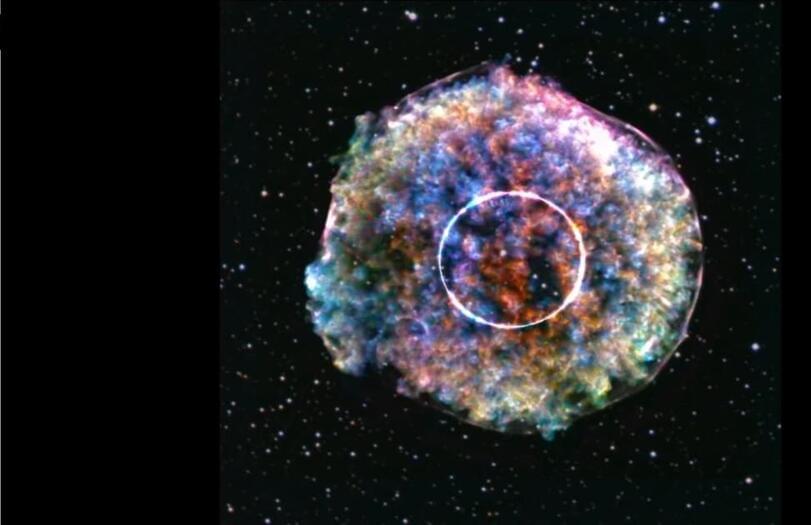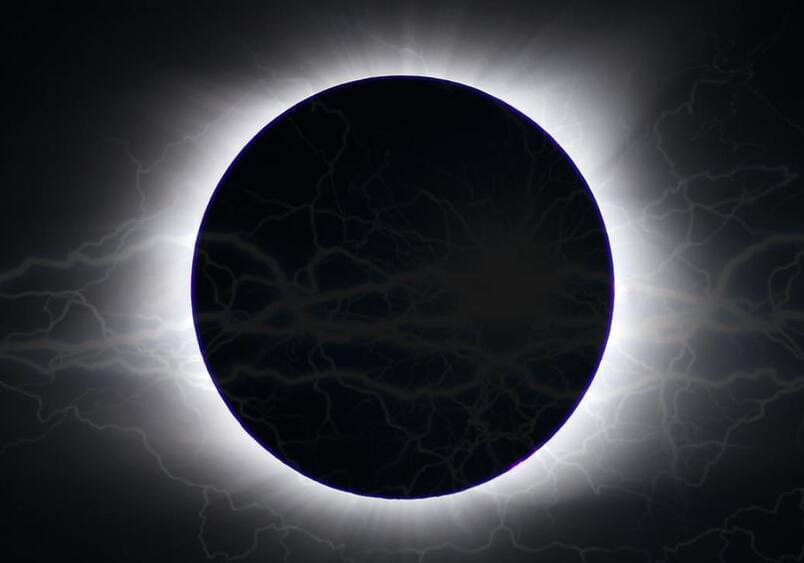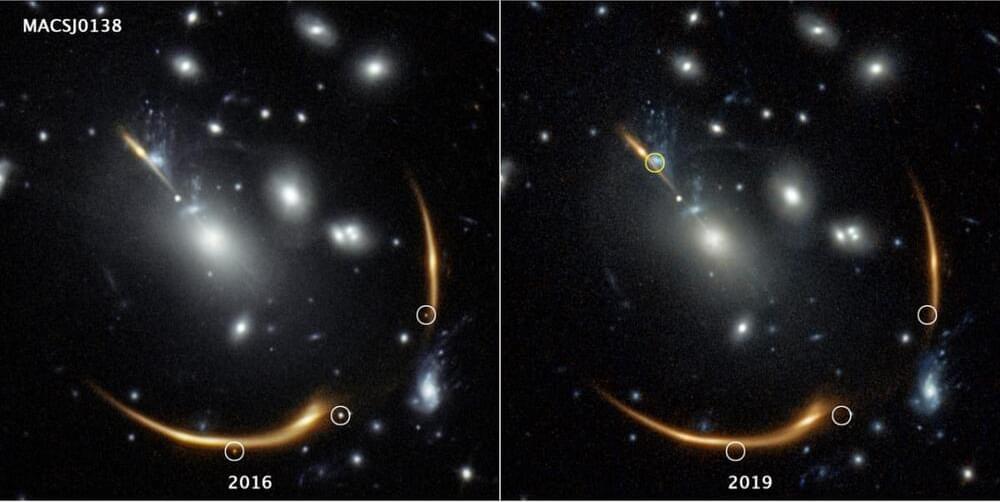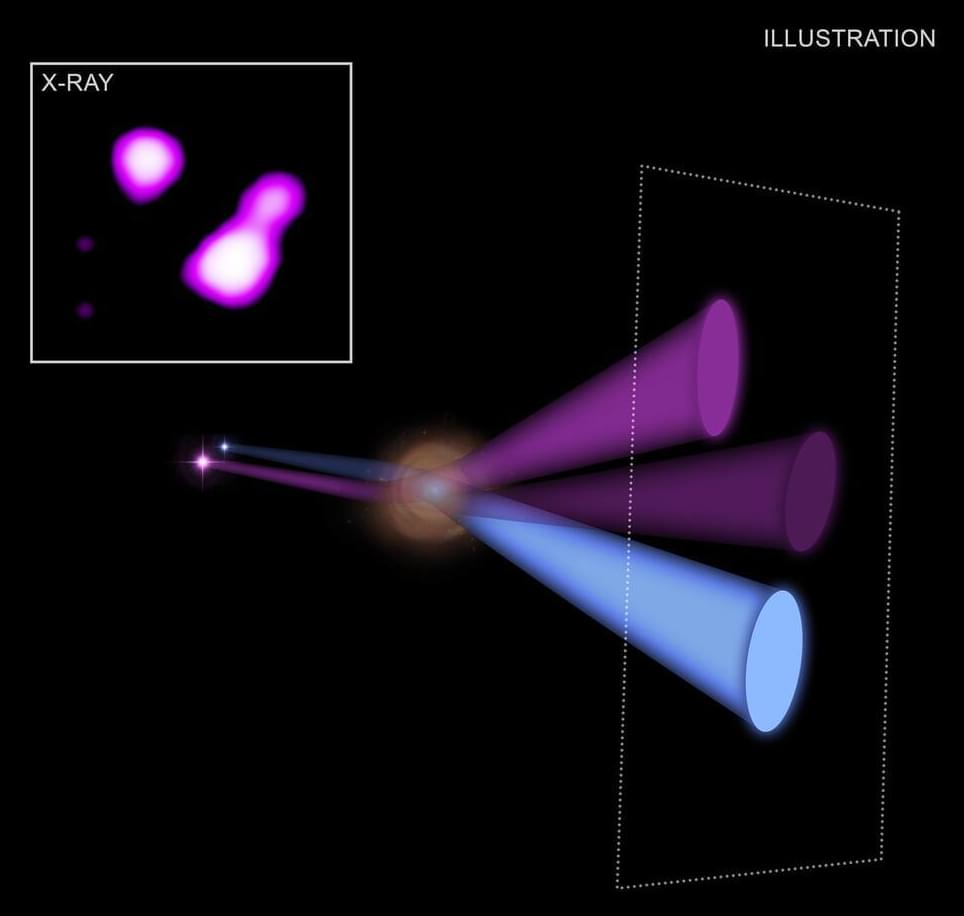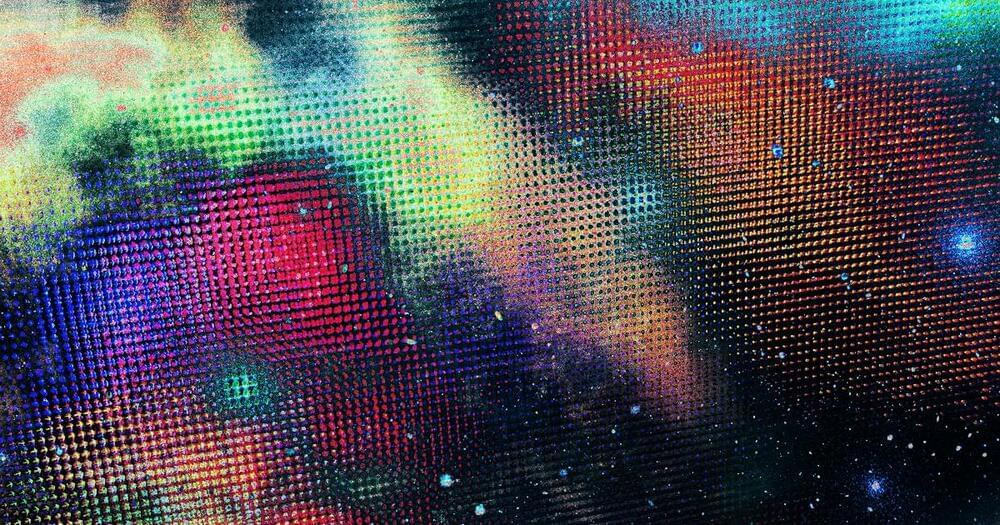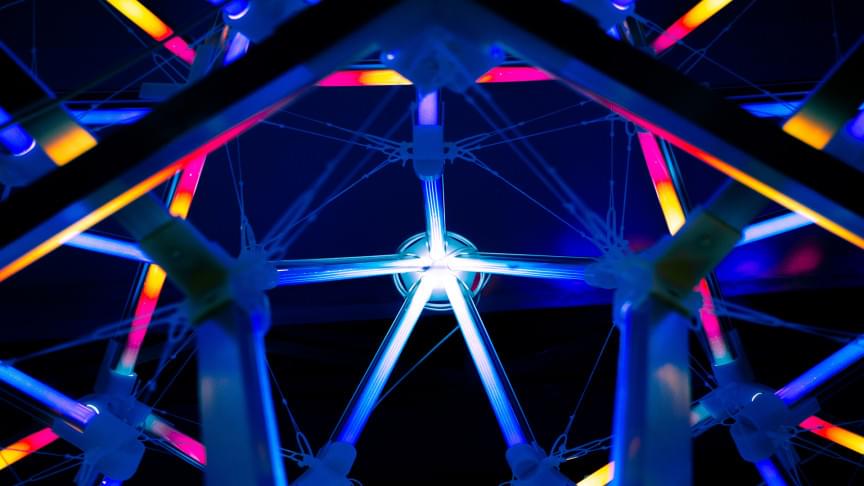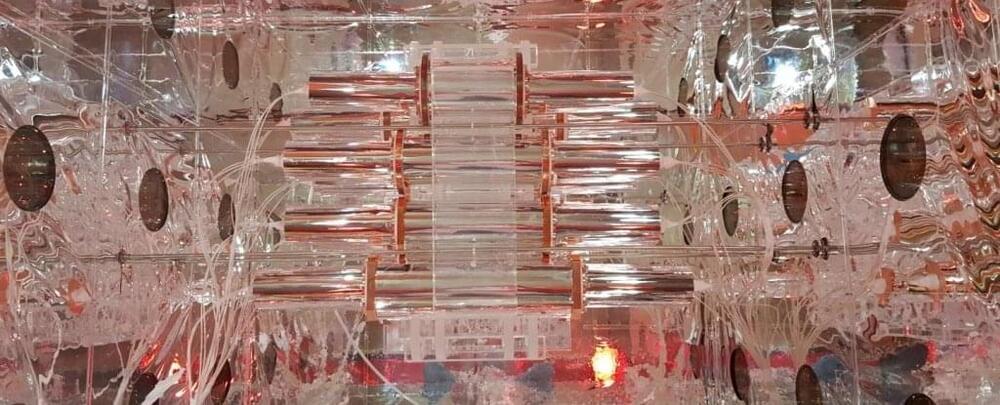Thu, Sep 23 at 8 AM PDT.
Join us on-line from 4pm to 7pm on Thursday 23 September for a livestream event to learn about particle physics research at Oxford. Hear from researchers studying High Energy collisions, and phenomena like dark matter, antimatter, and neutrinos; follow a guided tour of our Minecraft model of the CERN laboratory; and watch exciting demonstrations from the Accelerate! show. Oxford particle physicists will be available through the evening to answer your questions.
Live, via the Oxford Physics YouTube channel. Everyone is welcome, regardless their knowledge of physics.
Full Schedule

